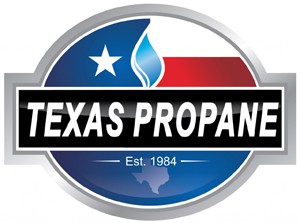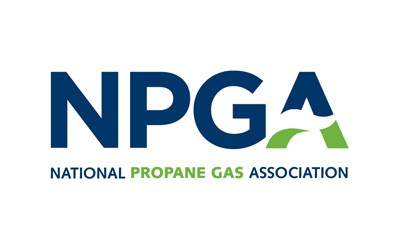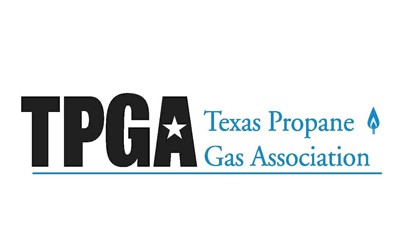Securing Above Ground Propane Tanks
Reinforcing an above ground propane tank in a flood prone area is something that warrants discussion with your propane dealer and possibly further protective action. However, if your home is on top of a hill overlooking a valley, propane tanks are likely protected from flooding due to their elevation and high water precautionary measures probably aren’t crucial. The following preparations can be made at the time of installation and for the most part should be sufficient for protection against flooding:
- Verify that the propane tanks complies with all LP Gas container distance requirements.
- Ensure the propane tank is not in a location prone to flooding and high water such as next to a dry creek bed.
- Secure the tank with anchoring cables on a solid foundation such as a concrete pad or blocks.
- Ensure the regulator vent is adequately protected.
- If you believe that your tank is subject to flotation, contact your propane company for a qualified recommendation.
Propane tank anchoring products are provided by LP Gas retailers. Tank anchoring products are generally special order items and can be installed by the propane company’s service department. Although propane cylinders can float away, they do not require special anchoring products and can be secured against flotation by cables or by relocation to higher ground. The best advance preparation for flooding is selecting container location during the propane tank installation process.
Propane Tanks and Flood Preparation
Watching the weather forecasts and staying informed of rising waters is the first step in preparing for the possibility of a flood. If surrounding waters begin to rise, action needs to be take to protect your propane tank, cylinders and LP Gas system. It is important to always listen to emergency response personnel and follow evacuation orders exactly as given. Securing propane tanks and related preparations in flood situations should be only as time allows. Several things to do in anticipation of high water include:
- Have your propane tank filled when rainy weather is on the way. The tank will not float if the water level is below that of the propane liquid level.
- Take a picture of your propane tank manufactures nameplate. It may be good to have a picture in cause your tank is recovered after floating away.
- Secure your LP Gas tank (above ground tank) to a nearby tree with a chain or cable by running it through the legs or lifting lugs of the tank.
- Close the propane tank service valve by turning the handwheel clockwise.
- Move propane cylinders to a location where they will not be affected by high water and subject to floating.
- Do not relocate cylinders to a garage or indoors.
If flooding causes a propane tank to break away from its location, any gas in the container will be lost if the service valve is not closed. Flood waters are a lot more powerful than the strength of connecting pip or tubing and can easily cause a tank to float off its foundation if unsecured. In addition, if the tank has no gas or is empty, it will float a lot easier and a lot farther if there is nothing to stop it. For instance, an empty propane tank will float much easier in shallow water than a tank full of gas, if the full tank floats at all As a result, keeping a propane tank full will act as an anchor itself provided high waters does not rise above the liquid level in the tank.
Propane Tanks After a Flood
Following a flood or high water event, the urge to inspect everything and evaluate damage is only natural, but there are certain things to consider and steps to be taken prior to starting propane gas service if your tank appears to have safely weathered the flood. These are strictly for the safety of you and your family, so make sure that all propane related issues are handled by a licensed propane company. Additional safety precautions include:
- If you smell propane gas, leave the area immediately and contact your propane company or fire department to inform them of the situation.
- Do not open your propane tank service valve. A propane leak test is required before the gas system can be placed back into service.
- If your propane tank has moved, do not attempt to move it. This is a job for LP Gas professionals.
- Notify your propane company if flooding occurred in your area and you were ordered to evacuate.
Propane companies, such as Texas Propane, will respond promptly upon notification of propane tanks and homes affected by flooding. Make sure that you inform your propane company of your return if you were ordered to evacuate. Contact us here at Texas Propane with the link below for more information!








3 Responses to How to Prepare for Floods with Propane